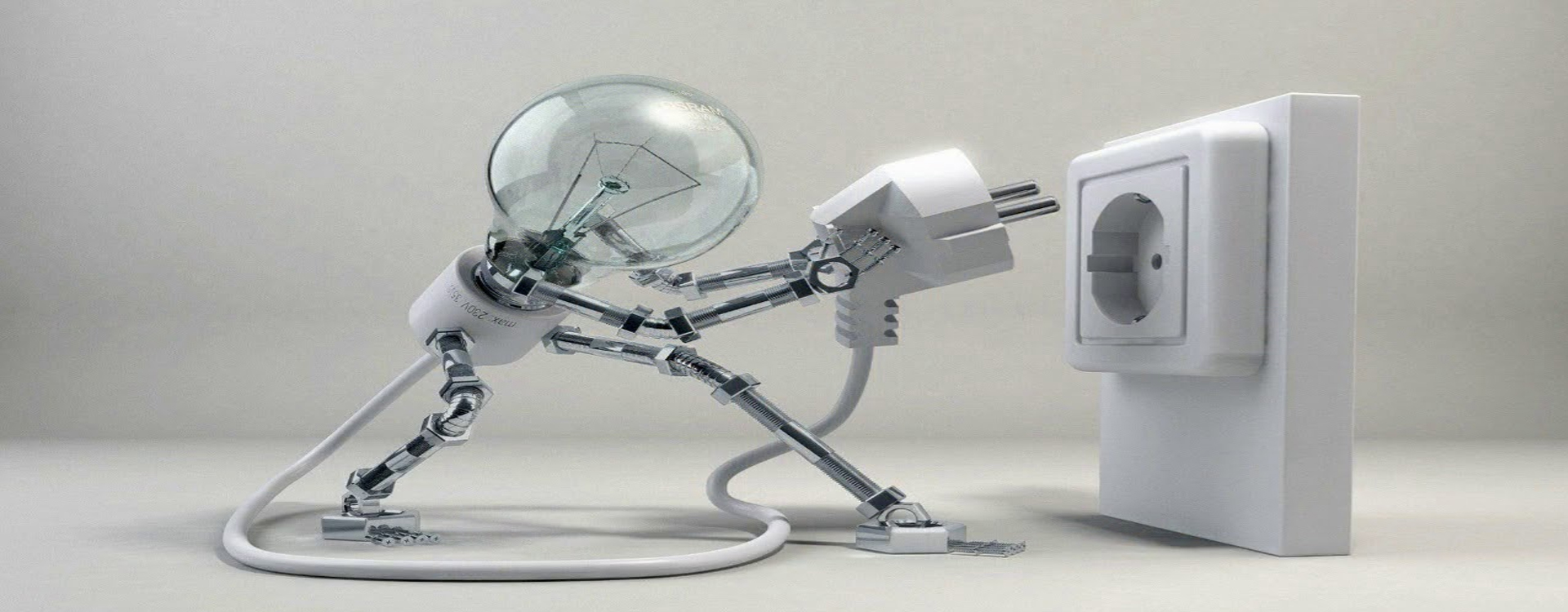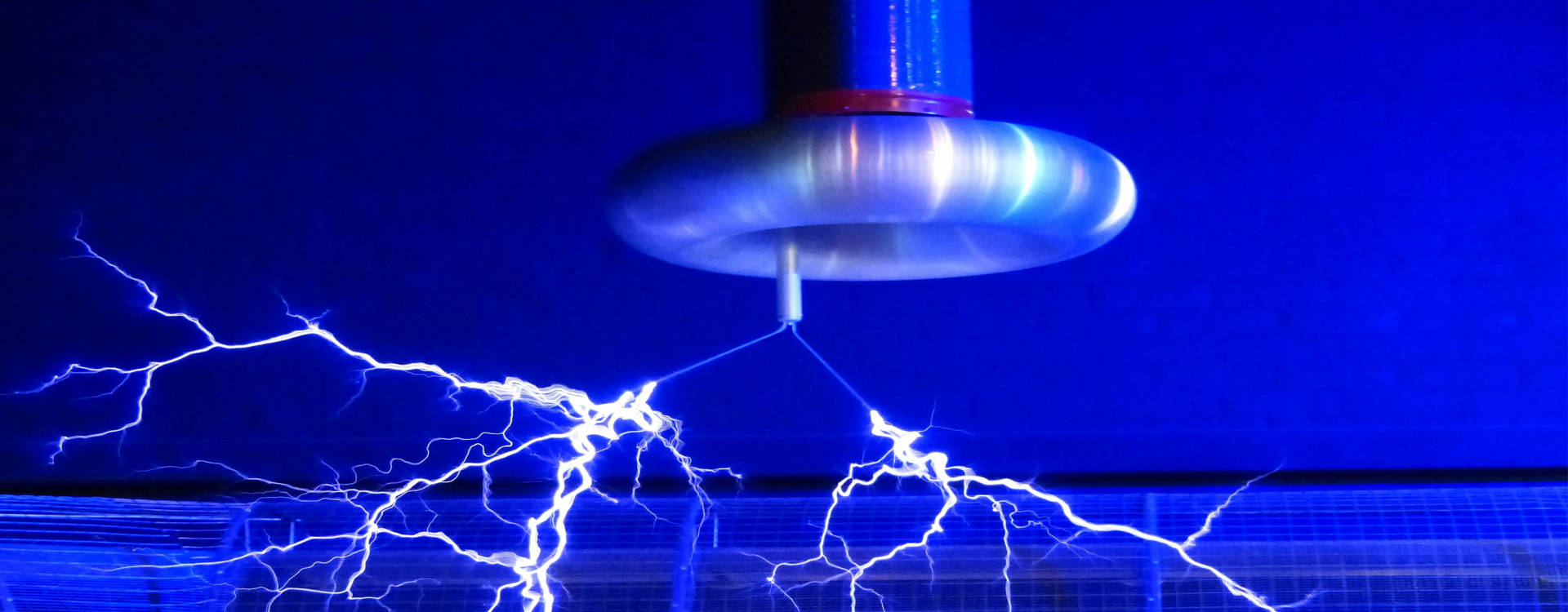Seminar Details
Integration of Renewable Energy Source (RES) provides several benefits such as onsite
generation, zero carbon emission, and improved local supply reliability through the formation
of microgrids. The stand-alone operation of microgrids faces several abnormalities with the
variation of generation and demand. Further, stand-alone microgrid also faces many challenges
in maintaining the voltage and frequency because of the intermittent nature of RES and
uneven/sudden load switching. The changing load dynamics may pose a severe threat to the
microgrid stability due to its low inertia. Thus, a proper control mechanism is mandatory.
During off-peak hours or sufficient generation conditions, the generation end (inverter control)
control can maintain voltage and frequency to its nominal value adhering to IEEE 1547.1.
However, during peak hour or deficit generation conditions, generation end control is unable to
maintain the system&rsquos nominal values. Thus, in such a scenario microgrid may collapse due to
the large voltage and frequency deviations. Further, a high RoCoF caused due to load switching
may degrade the power quality and inverter operation. Therefore, voltage control combined with
an inertia-based frequency control mechanism is essential to enhance power flow continuity and
alleviate brownouts caused by significant load switching. Furthermore, the heterogeneous
switching of loads among the phases also decreases the power quality and increases the Voltage
Unbalance Factor (%VUF) and circulation current in a stand-alone microgrid.
The dissertation proposes Positive Negative and Zero sequence (PNZS) compensation control
on the generation side to mitigate the abnormalities caused due to uneven switching of loads.
Additionally, virtual inertia-based frequency control is implemented to address frequency
transients caused by sudden load switching. A thorough small signal stability analysis is
conducted to demonstrate the effectiveness of the proposed controller under various system
dynamics. The sequence component-based inverter control strategy can mitigate abnormalities
during sufficient generation conditions and fails during deficit generation. Thus, load-end
control through load management is employed to maintain power quality during peak hours/
deficit generation. Further, manual load management is challenging and unreliable. Thus,
intelligent load aggregation and management are carried out. However, the resilience of the
stand-alone microgrid is degraded during adverse conditions while inverter control and load end
control fails to mitigate the abnormalities. In such a scenario, the demand for critical loads can
be met through power sharing from possible neighboring microgrids. To realize power sharing
between microgrids, networking is done with Interlinking Converter. Thus, the dissertation presents a priority-based Interlinking Converter Control (ILC) strategy to enable power-sharing
in network microgrids (NM). Further, a network reconfiguration algorithm is required to restore
the supply after a High Impact Low Probability (HILP) event. Thus, a hierarchical control
mechanism is mandatory to improve stability and enhance microgrid resilience during adverse
conditions (HILP events), peak hours, and off-peak hours.
The proposed hierarchical control mechanism is validated under various system dynamics using
MATLAB/Simulink and the Digsilent PowerFactory environment. Additionally, the OPAL-RT
platform is utilized to assess the real-time performance of the proposed strategy.



